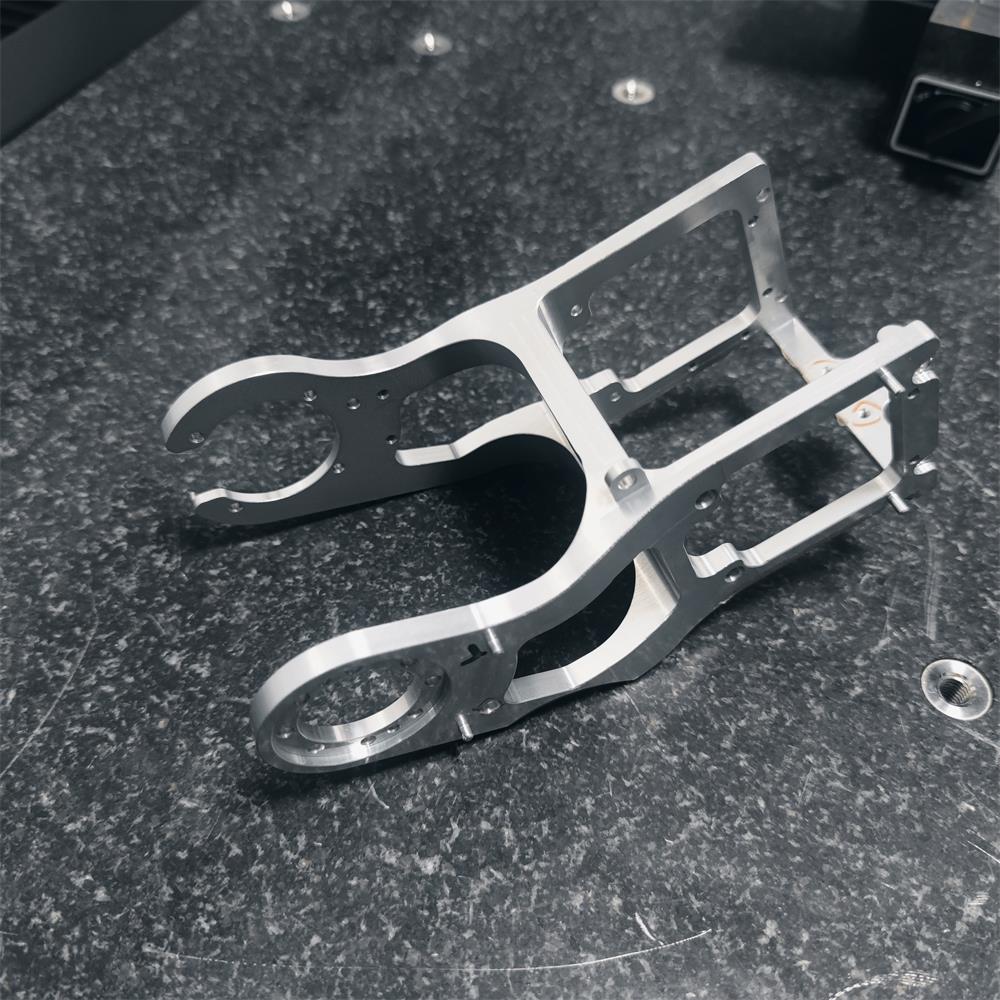QY Precision can do CNC Milling Processing. Milled Parts.
QY Precision has dozens of CNC machines to do process. We can process various high-precision parts and special-shaped parts. We are equipped with 3-axis, 4-axis and 5-axis machines which can meet your different process requirement on parts, and our technicians have extensive operating experience. Different processes are selected according to the processing requirements of the parts, which can effectively save costs while ensuring the quality of the parts. We will be your best partner. Welcome to send drawings to get free quotation..
CNC milling machines are classified by the number of axes they operate, and these movements determine the part features that can be manufactured, and also affect productivity and accuracy. In general, the more degrees of freedom are available, the more complex the geometry can be produced. The most common are 3-axis, 4-axis and 5-axis milling machines. In CNC machining, what is the difference between 3-axis, 4-axis and 5-axis? What are their respective advantages? Which products are they suitable for processing?
3-axis CNC machining generally refers to three axes that move linearly in different directions, such as up and down, front and rear, left and right. 3-axis milling cutters are usually used for drilling and tapping, but only along the Z axis. They are more suitable for machining disc-like parts. For many parts that need to machine holes or grooves on multiple faces, this is a limit.
4-axis CNC machining is where a fourth axis is added to the motion of the cutting tool, allowing rotation around the x-axis, i.e. there are 4 axes – x-axis, y-axis, z-axis and a-axis (rotation around the x-axis). Most 4-axis CNC machines also allow the workpiece to rotate, which is called a b-axis, so that the machine can function as both a milling machine and a lathe.
4-axis CNC machining is the way to go if you need to drill holes on the side of a piece or on the surface of a cylinder. It greatly speeds up the machining process and has high machining accuracy.
5-axis CNC machining is an additional rotation axis above the 4-axis, generally a 360° rotation of the vertical surface. The five-axis can already be fully processed, and one-time clamping can be realized, which can reduce the cost of clamping and reduce product scratches and bumps. Due to the high versatility of 5-axis CNC machining, it is used to manufacture complex precision parts. Such as medical parts for artificial limbs or bones, aerospace parts, titanium parts, oil and gas machinery parts, military parts, etc.
Although the advantages of 5-axis compared to 4-axis and 3-axis are very prominent, not all products are suitable for 5-axis machining, and those suitable for 3-axis machining are not necessarily suitable for 5-axis machining. 5-axis machining will not only increase the cost, but the effect is not necessarily good. So the experience of the technicians is very important. QY Precision has an experienced technical team, which can effectively help you save costs and complete the processing of parts with high quality. Welcome to send drawings to get free quotation..
Post time: Apr-08-2022









